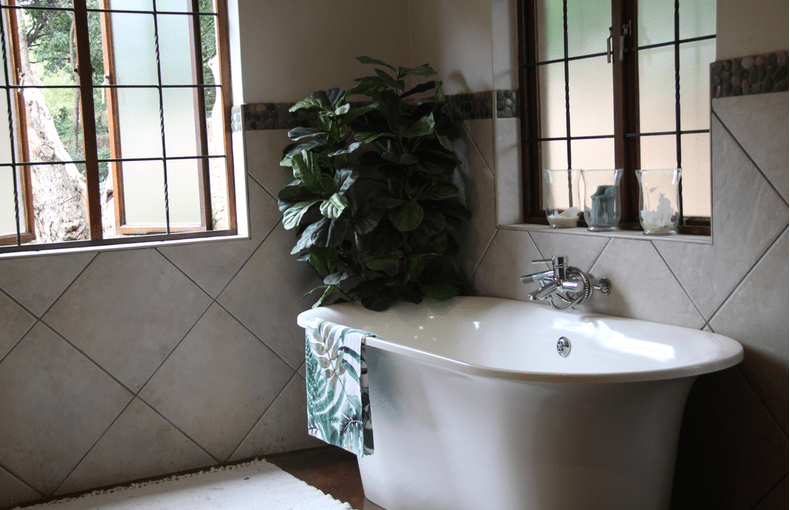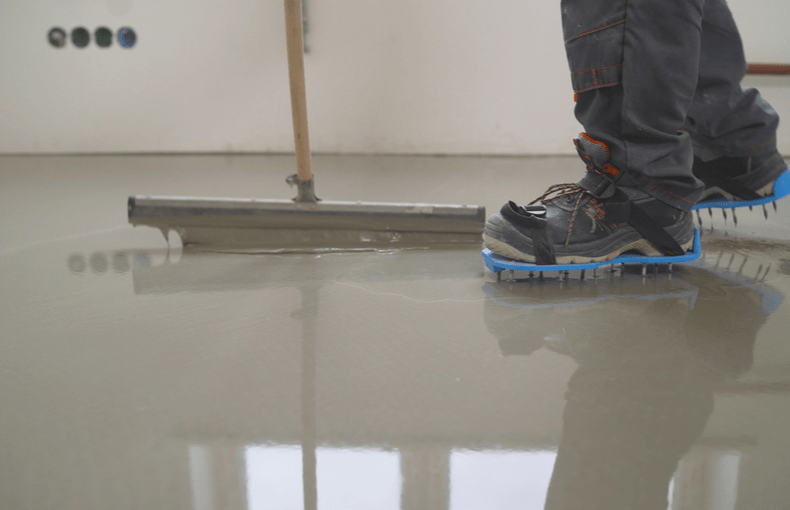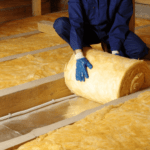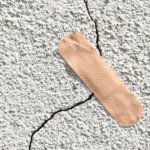Properties of anhydrite screed - ideal for underfloor heating
Anhydrite screed is probably the most popular option among builders. However, in addition to its many advantages, it also has some disadvantages, which is why you should consider whether anhydrite screed is the right choice for your project before installation. In today's article, we explain the properties of CA and provide tips for alternatives.
What is anhydrite screed?
Calcium sulphate screed is a mixture of aggregate and anhydrite binder. This is obtained from gypsum, although the manufacturer can also use natural anhydrite as a mineral variant. The aggregate itself usually consists of quartz or limestone.
If water is added during production, the screed is already moist (CAF) on delivery and can be used immediately. However, there is also the classic variant, which is mixed with water directly on the construction site.
Laying anhydrite screed
Calcium sulphate screed can be applied both as a bonded screed and as a floating screed . The latter has numerous advantages, such as better thermal insulation and improved sound insulation, and is therefore preferred.
For efficient installation, it is important that you pay attention to the following structure:
- Base plate
- 1st separating layer
- Insulation layer
- 2nd separating layer
- Screed
Before the screed is laid in any way, the floor slab must be insulated and the screed protected by a second separating layer. It is important that the dam material is impact-resistant. Floating installation is recommended to prevent stresses and therefore cracks. With this method, the screed has no contact with other components such as floors, walls or pipes.
Areas of application for anhydrite screed
The use of calcium sulphate screed is relatively versatile, but still limited. Even though the screed has many positive properties such as high tensile strength or short drying times , it is not equally suitable for all rooms.
Anhydrite screed in living spaces
In living rooms, bedrooms, children's rooms and offices, anhydrite screed is the best choice in most cases. These rooms do not have to withstand exceptional loads and are dry. Here you can enjoy all the benefits of calcium sulphate screed and enjoy a warm, comfortable, efficient floor.
Anhydrite screed in wet rooms
In bathrooms, kitchens and other damp rooms, it is better to use cement screed. Although this takes longer to dry and is usually a little more expensive, it is resistant to moisture. Anhydrite screed can still be laid in wet rooms with a little effort, provided you insulate it properly. Anhydrite screed would also be the better choice for bathrooms, especially when installing underfloor heating.

Anhydrite screed in outdoor areas
As calcium sulphate screed is sensitive to moisture, the more robust and moisture-resistant cement screed is much more suitable for outdoor areas. Construction companies refrain from using anhydrite screed and DIY enthusiasts should also opt for a different variant.
Anhydrite screed in the commercial sector
Whether CA/CAF is suitable for a commercial space depends heavily on the size and use of the property. If it is a comparatively small interior space without excessive load use, you can use anhydrite screed. For large warehouses that are permanently in contact with moisture and dirt and on which machines weighing several tons are driven, you should switch to other screed variants.
Anhydrite screed for underfloor heating
It is not for nothing that CA/CAF is known as "heating screed" - it is often and successfully used for the installation of underfloor heating systems. In this case, the heating pipes are installed directly in the screed and provide pleasant and healthy warmth.
Advantages and disadvantages at a glance:
Below you will find a practical overview of the most important advantages and disadvantages of anhydrite screed.
| Advantages | Disadvantages |
| Inexpensive to purchase Easy to lay High tensile strength Comparatively crack-resistant Dries very quickly (approx. 7 days) |
Not suitable for damp rooms Not designed for heavy loads |
Conclusion: Anhydrite screed is suitable for residential buildings and as a heating screed
Calcium sulphate screed is easy to work with, inexpensive and has a fast drying time. It is the ideal choice for living spaces and can also be used as a heating screed. It can also be installed in wet rooms, although this is more difficult due to the additional insulation.







